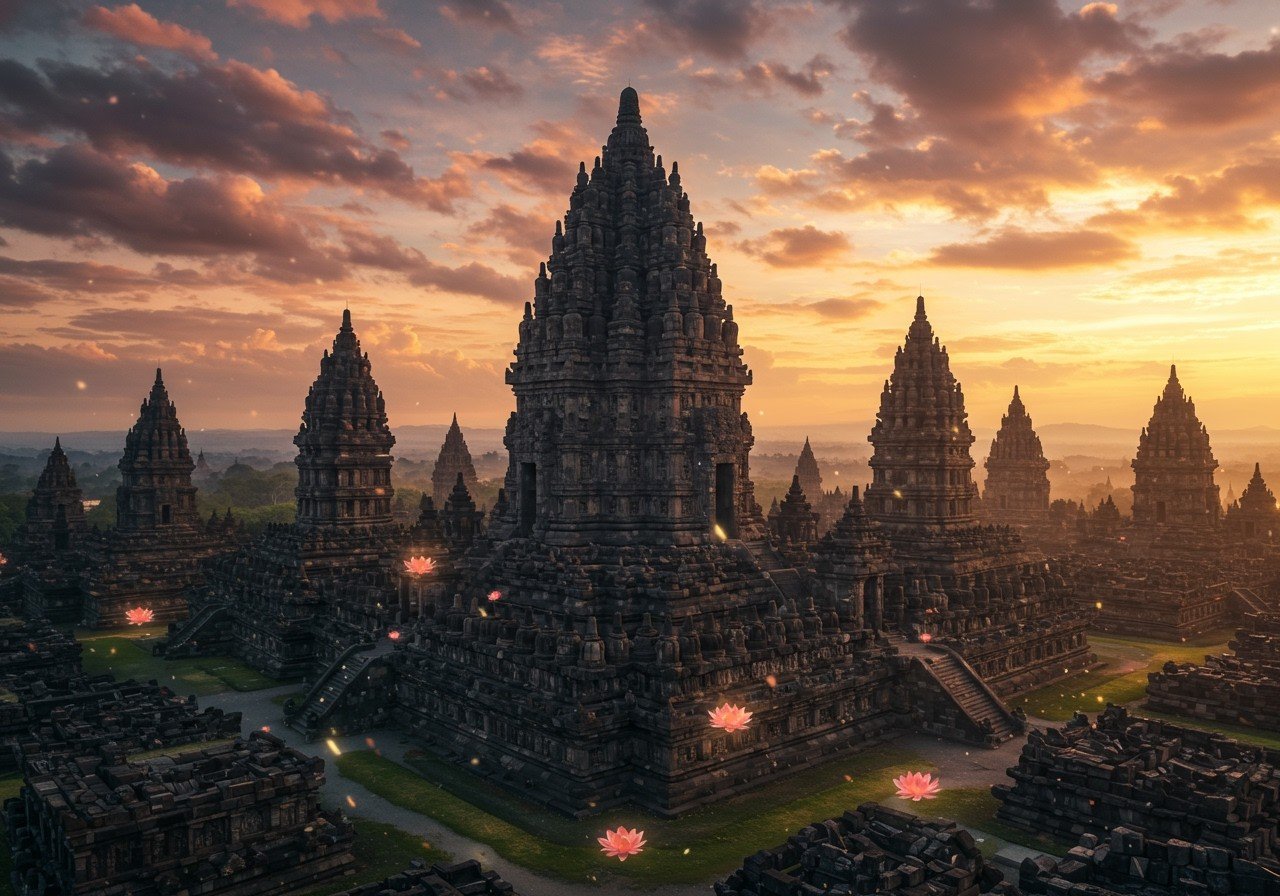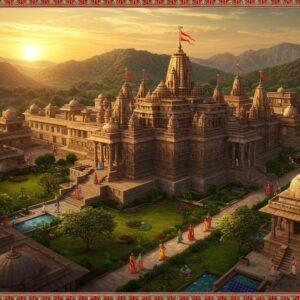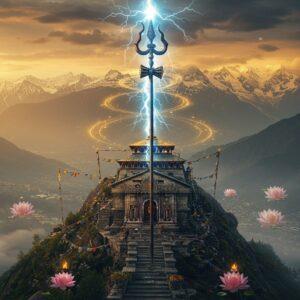
The Prambanan Temple Compounds, a UNESCO World Heritage Site, stands as a testament to Indonesia’s rich cultural heritage. This guide is crafted to help you navigate the intricate zones and uncover the hidden gems within this magnificent complex. We’ll delve into the temple’s significance in preserving ancient Hindu traditions and trace its journey through time, from its origins in the 9th century to its present-day glory.
Prambanan Temple Complex: An Overview
Prambanan, a marvel of architecture, is a tribute to the Trimurti—Brahma, Vishnu, and Shiva—the three principal deities of Hinduism. The towering spires and ornate stone carvings speak volumes about the heights of Hindu architecture in Southeast Asia. Years of dedicated restoration work have brought back the temple’s splendor, ensuring its legacy endures despite past neglect and natural calamities. The very design of the temple symbolizes Mount Meru, the sacred mountain at the heart of Hindu cosmology, adding a profound spiritual dimension to the site.
Zones and Areas of the Prambanan Temple Compounds
Let’s explore the distinct zones within the Prambanan Temple Compounds. The complex unfolds in three distinct zones, each with its unique character and sacred significance:
- The Outer Zone: This expansive open area, likely a park, garden, or perhaps even an ashram in times past, provides a serene transition into the sacred complex. Imagine strolling through this area, preparing your mind and spirit for the spiritual journey ahead. This zone likely served as a preparatory area for visitors before entering the sacred inner precincts.
- The Middle Zone: Here, you’ll encounter rows of concentrically arranged shrines, known as Candi Perwara (guardian temples). While many of these 224 shrines lie in ruins, telling tales of time’s passage, several have been painstakingly restored, standing as a testament to human dedication. They encircle the inner sanctum, creating a protective barrier and a sense of reverence. It’s quite a sight to behold, imagining the devotion that went into their creation.
- The Inner Zone: This is the heart of Prambanan, the holiest of zones. Within a walled enclosure, elevated on a square platform, stand eight main temples and eight smaller shrines. Access to this sacred space is through gates at the cardinal points, emphasizing the symbolic connection between the earthly and the divine realms. Here, the three main Trimurti temples dedicated to Brahma, Vishnu, and Shiva dominate the landscape. Facing these majestic structures are three Vahana temples, honoring the divine vehicles of the gods: Nandi (Shiva’s bull), Garuda (Vishnu’s eagle), and Hamsa (Brahma’s swan). The entire arrangement is a masterpiece of sacred geometry and architectural brilliance.
Cultural events and traditional ceremonies held within these sacred grounds offer a unique opportunity to witness the living traditions associated with the temples. They connect us to the past and remind us of the enduring power of faith.
Hidden Gems within Prambanan
Beyond the grandeur of the main temples, Prambanan holds hidden treasures waiting to be discovered. Look closely at the bas-reliefs that adorn the temple walls. These intricate carvings narrate stories from the Ramayana and Mahabharata, two of Hinduism’s most revered epics. They offer a window into Hindu mythology, bringing the ancient stories to life. Hidden chambers and pathways within the complex add another layer of intrigue, revealing the architectural ingenuity and spiritual depth of the builders.
And don’t miss the nearby Sewu Temple. Often overshadowed by Prambanan’s magnificence, Sewu holds its own historical and architectural significance. Its beauty and serenity deserve to be explored and appreciated. The surrounding natural beauty, with its lush landscapes and indigenous flora, adds to the spiritual ambiance of Prambanan. It’s a place to connect with nature and find inner peace.
Visitor Tips and Practical Information
Planning your visit to Prambanan will ensure a smooth and enriching experience:
- Best Time to Visit: The early mornings or late afternoons offer a more serene atmosphere, allowing you to immerse yourself in the spiritual aura of Prambanan without the hustle and bustle of large crowds. This allows for a more contemplative experience, connecting with the spiritual energy of the place.
- Transportation: Local guides can provide detailed narratives, adding depth to your understanding of the temple’s history and significance. They can also help navigate the area and arrange transportation, making your visit hassle-free. Their insights can truly enrich your Prambanan experience.
- Entrance Fees and Tours: Familiarize yourself with the entrance fees and various tour options available. Guided tours offer deeper insights into the site’s historical and cultural significance, enhancing your appreciation for this magnificent complex. Choose a tour that aligns with your interests and time constraints.
- Respectful Behavior: Remember to dress modestly and behave respectfully. This is a place of worship and cultural heritage, deserving of reverence and consideration. Showing respect honors the sanctity of the site and the traditions it represents.
By keeping these tips in mind, you can ensure a meaningful and memorable visit to this Indonesian cultural treasure.
Shop Authentic Temple Worship Items at Poojn.in
At Poojn.in, we offer a wide selection of puja essentials that allow you to recreate the sacred atmosphere of temple worship in your own home, much like the revered practices at Prambanan Temple. Our thoughtfully curated collection includes:
- Pure Brass Temple Bells: Create an auspicious ambiance with the resonant sounds of pure brass bells during your puja rituals. These bells are crafted to traditional standards, enhancing the spiritual experience of your prayers.
- Traditional Copper Kalash: Offer water to deities with a traditional copper kalash, a symbol of purity and abundance. Our kalash are made with high-quality copper, ensuring their durability and beauty.
- Authentic Camphor and Dhoop: Enhance the sanctity of your puja with the fragrant aromas of authentic camphor and dhoop. We source our products from trusted suppliers to ensure their quality and purity.
- Cotton Wicks for Aarti: Perform temple-style aarti ceremonies with our cotton wicks, specially designed for a clean and steady flame. These wicks are essential for offering light to the divine.
- Pure Ghee Diya Lamps: Illuminate your sacred space with the warm glow of pure ghee diya lamps. Ghee is considered sacred in Hindu tradition, and using it in your diya adds to the spiritual significance of your worship.
We understand the importance of using authentic ritual items in temple worship. Each product at Poojn.in is chosen for its adherence to tradition and quality, offering you the convenience of online shopping. For personalized recommendations on temple worship items, bulk orders for temple committees, or any other queries, reach out to us:
- Phone: 03369029784
- WhatsApp: 9476142738
Explore our complete range of authentic puja supplies at www.poojn.in. We deliver across India, bringing the sanctity of temple-quality worship materials right to your doorstep.
Embracing the Spirit of Prambanan
A visit to the Prambanan Temple Compounds is a journey through time and a deep dive into tradition. As you traverse its zones, from the tranquil outer gardens to the sacred inner sanctum, you’ll connect with Indonesia’s vibrant history and spiritual legacy. The stories whispered by the stones, the grandeur of the Trimurti temples, and the often-overlooked treasures like Sewu Temple will enrich your experience in profound ways.
This sacred space invites contemplation, reflection, and a deep appreciation for the artistry and devotion that brought it to life. By honoring its traditions and embracing its beauty, you become a part of its continuing story. Whether you’re drawn to its architecture, the mythology it embodies, or the serene environment, Prambanan offers something deeply meaningful for everyone.
Omkareshwar Temple Architecture and Design Explained
Pashupatinath Temple, Mandsaur: History, Significance, and Darshan Guide
Mumba Devi Temple: Visiting Hours, Aarti Times & Darshan Schedule
Mumba Devi Temple: Location, Map & Accessibility Guide


